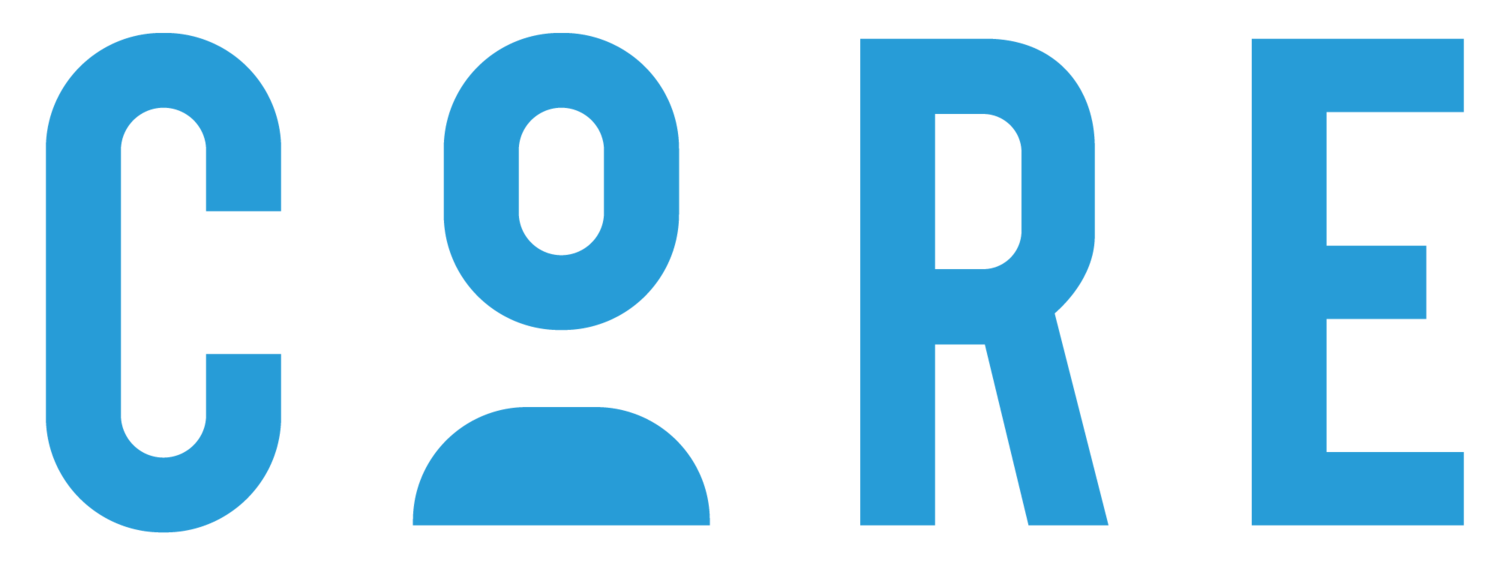CORE Leadership Development
Creating Clarity, Giving Feedback, and Navigating Conflict
When you manage a team, coordinate with peers, and collaborate with those around you in the organization, it’s pretty clear whether or not there’s clarity. Clarity changes how our brains feel, boosting focus, confidence, and efficiency. And a lack of clarity can create the opposite effects, interfering with focus, confidence, and efficiency.
Clarity is something we often assume people have, which can leave gaps, create room for misinterpretation, and ultimately cause mistakes, conflict, and operational issues. As a manager who creates real clarity, you’ll easily be a top-decile manager and easier to collaborate with (because most don’t).
LEARNING OBJECTIVES
Understand what clarity really is, and how much the brain craves it
Deal with clarity issues, namely Missing and False Clarity
Understand that Clarity is about true communication, not just sharing
Understand how putting clarity in place makes Feedback and Conflict much easier
How the brain feels clarity
The mind craves getting answers to three questions. Clarity is having great answers.
Creating Clarity, Step-by-step
Handling Feedback
Dealing with Conflict
Your Journaling and To-Do List:
People's Craving for Why - When people want to know why they are doing something, how do you typically answer? Do you have the habit of answering why, even when people don't ask? How convicted are you that people need a great "why" to do their best work?
What Kind of Clarity Do we Have? - Does the team struggle with any Missing Clarity issues (where they are operating without a clear What, Why, or How? What could you do to create more clarity in these areas? Does the team ever struggle with False Clarity, where they have the wrong Why, What, or How in mind? How are you at the two-way nature of communication?
Getting The Order Right - What are your thoughts or objections to putting Why first? What internal struggles does this whole chapter of content bring about in your mind?
Feedback - How does feedback feel today? Does it flow freely? Do you feel you have easy reference points in place when delivering feedback, so it doesn't feel personal?
Conflict - Start by thinking about how much and what kind of conflict you face today. What patterns do you see? While the example in the video is a little bit overdone, what were your thoughts on "resetting" back to conversation and trying to exit conflict? Do you see how this approach might make people less intent on winning?
Things to IntegratE / Habits we should form:
What critical forms of clarity do you need from other people in the organization?
What critical forms of clarity does your team or other people need from you?
What is the first place you can lead with Why, before sharing the What?

